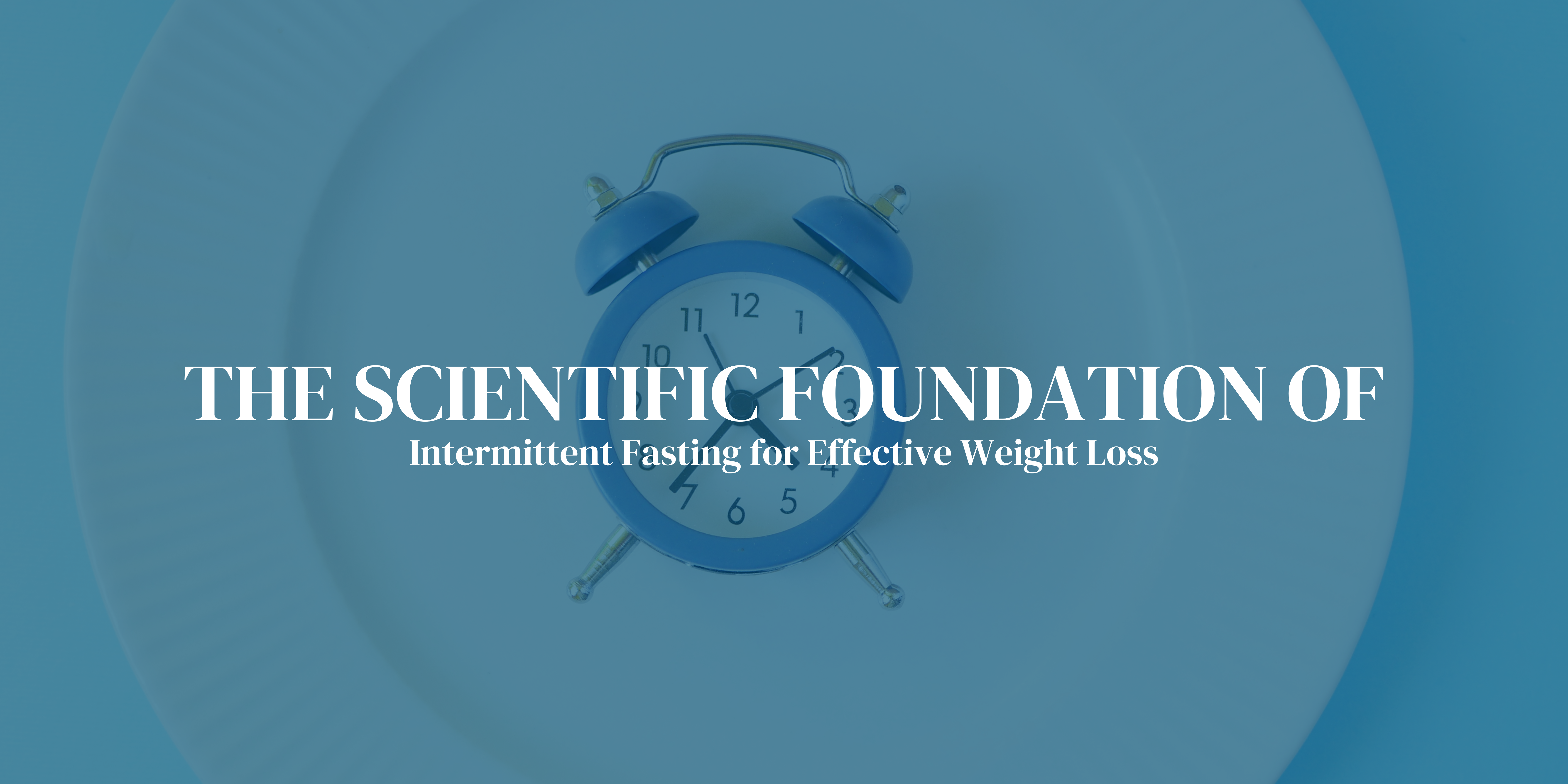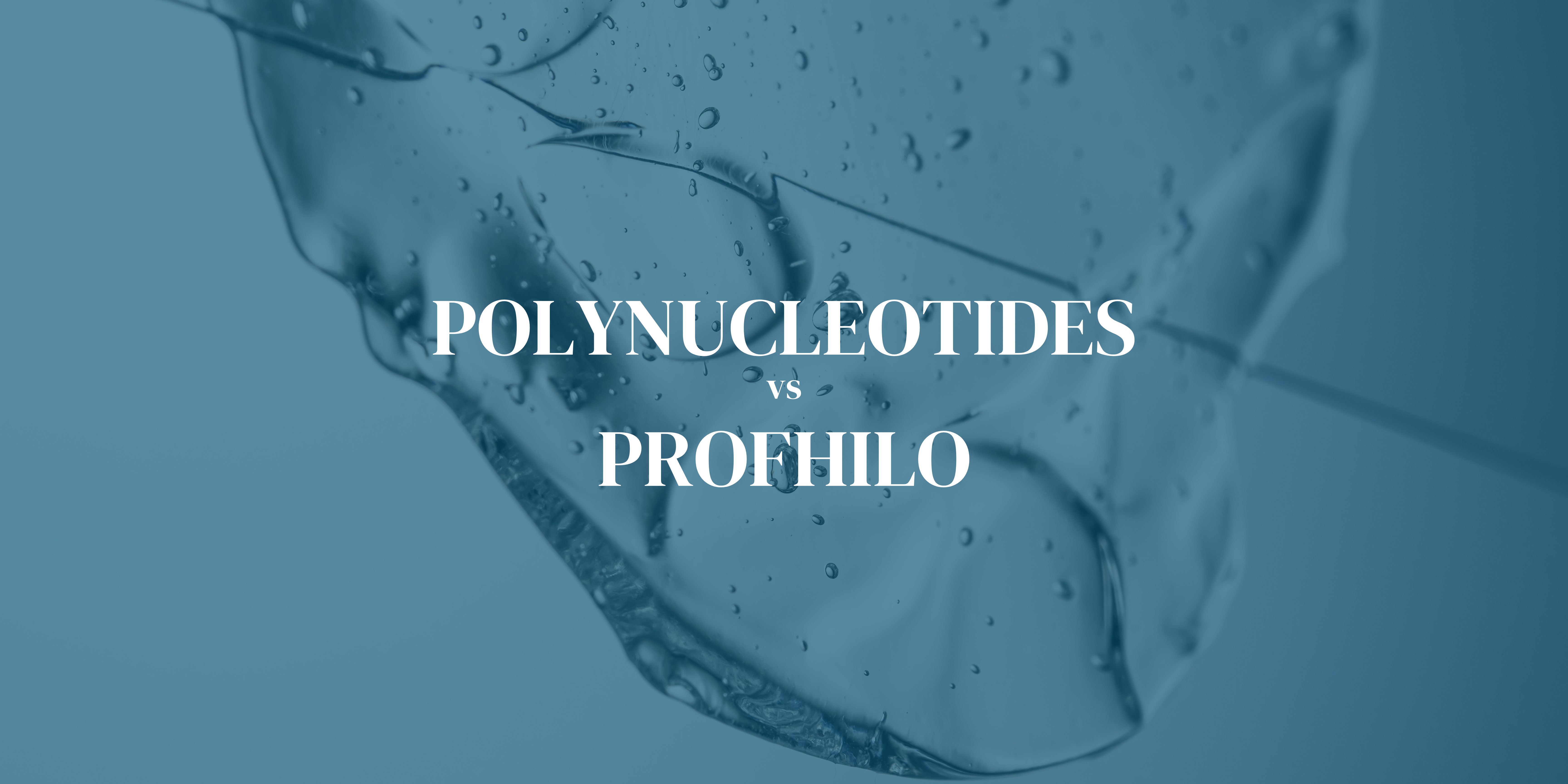HOW TO GET YOUR LIP FILLERS DISSOLVED
Lip filler has never been more popular, so why are so many women wanting to get the procedure reversed?
Reproduced from Sunday Times article 31 July 2022 by Sophie Wilkinson
Chloe*, 23, first got lip filler when she was 19. Even though she really wanted it at first, “I just got to the point where I was genuinely fed up with people
asking: ‘Have you had your lips done?’ I’d say, ‘Yes,but not for two and a half years.’ I didn’t want my lips to be the first thing people saw when they looked at me.”
So she decided to get her lip filler dissolved. She’s not alone —more and more reality TV stars, for instance, are losing their pumped-up lips, something that is a pretty sharp pivot for a breed of celebrity renowned for their propensity to artificially enhance themselves. Towie stars Gemma Collins, Megan McKenna and Demi Sims have all had theirs removed, and the same goes for Geordie Shore’s Holly Hagan and Chloe Ferry. Add to that Love Island’s Molly-Mae Hague, who first got her lips done at 17, and recently opened up about choosing to dissolve her fillers at the urging of her sister. The American reality TV star Francesca Farago, who appeared in Love Is Blind and Too Hot to Handle, even shared a video of the hours following a procedure to remove her fillers with her 3.4 million TikTok followers.
Big lips are big business. In the UK alone, non-surgical tweakments such as Botox and fillers rake in an estimated £2.75 billion a year and account for 90 per cent of cosmetic procedures. When a 17-year-old Kylie Jenner told the world in 2015, “I have temporary lip fillers, it’s just an insecurity of mine and it’s what I wanted to do,” it gave the green light to a generation of young women who felt the same. From that moment “there was a tsunami”, says the aesthetic nurse prescriber Lou Sommereux, who runs Cosmex clinic in Cambridgeshire. “It broke down all barriers for women to have their lips done.” In the year after Jenner’s confession, a lip filling procedure took place once every 20 minutes in America.
In the UK, the plumped-up look was no longer the preserve of the rich and famous; instead anyone with £100 and a local beautician’s number could have a procedure done.
So why are women now going the other way? Part of the reason is that the surge in demand for lip fillers led to an unregulated and potentially dangerous industry. Right now, anyone in the UK can administer lip fillers or Botox — you don’t need any training — and it was only in October 2021 that practitioners were banned from injecting either into the faces of under-18s. Ashton Collins, the director of Save Face, a register of accredited practitioners who provide non-surgical cosmetic treatments, says that anecdotally: “We know of people who have been working at Argos one week, been made redundant, seen a post advertising a 30-minute or half-day training course online, signed up to it, bought the products over the internet and the next week they’re advertising treatments online.” In fact, it takes me less than five minutes of googling to find a website where I can buy a millilitre [the standard dose] of what the advert insists is dermal filler for just £30. Ads for it then follow me for days on Instagram.
A lot of the dissolving procedures Sommereux does are to correct botched jobs. “We don’t treat £100 lips, we correct £100 lips,” she says. Chloe was a student when she first got lip filler, so she actively sought cheap deals: “Looking back now it’s really embarrassing, but I’d find out who was offering a mil [millilitre] for £100 and go to them.” Kelly, now 25, was also 19 when she first got lip filler: “It’s addictive — I went every five to six months about four or five times in all.” And it’s not just Gen Z. The 41-year-old comic Amy Schumer posted on Instagram last year that she had tried getting fillers in her face, but: “Turns out I was already full. Thank God you can dissolve them, I looked like #maleficent.”
“The beautician wore gloves and put anaesthetic on my lips, so I thought it was all fine. However….”
Sarah, 43, wanted lip filler because “It seemed like the ‘in’ thing. So many people had it done and I just fancied trying it.” Regarding it as a casual beauty procedure, she picked a local beautician online: “The beautician wore gloves and put anaesthetic on my lips, so I thought it was all fine.” However, “within a few days I didn’t like my lips — they were so big. Then a few weeks afterwards these lumps started forming. It was horrendous. I looked like Donald Duck after being bitten by an insect.” All the women who spoke to me have since had their lip filler dissolved.
Sarah, 43, wanted lip filler because “It seemed like the ‘in’ thing. So many people had it done and I just fancied trying it.” Regarding it as a casual beauty procedure, she picked a local beautician online: “The beautician wore gloves and put anaesthetic on my lips, so I thought it was all fine.” However, “within a few days I didn’t like my lips — they were so big. Then a few weeks afterwards these lumps started forming. It was horrendous. I looked like Donald Duck after being bitten by an insect.” All the women who spoke to me have since had their lip filler dissolved.
So, how does dissolving work? About 10-15 years ago collagen filler injections were phased out due to the increasing popularity of comparatively effective hyaluronic acid-based fillers. One positive to this newer type of filler is that it can be easily dissolved by a product called hyaluronidase. At an accredited practice — where the clinicians have a medical background — a client should have a consultation to discuss what they want from the treatment and a patch test to see if there is any reaction to hyaluronidase. After that, the hyaluronidase is injected into where the filler currently is. But the procedure is certainly not pain-free. “It is uncomfortable and can cause a lot of dermal bruising, but the lip filler does dissolve,” Sommereux says. The process itself takes 20-30 minutes and Sommereux charges £390; other clinics can charge as little as £100. But a cheaper clinic can carry its own risks. As Collins warns: “Dermal fillers are not prescription-only, so you don’t need a consultation with a healthcare professional prior to having them done. But dissolving lip fillers requires prescription-only medicine, so you should go to a regulated healthcare professional who understands the pharmacology of that drug and how to use it properly.” Currently, hyaluronidase is available only on prescription, but there is no legal requirement for a medical licence or qualification in order to administer it.
Lip augmentation is here to stay. But the market has accepted the Cosmex Cambridge – “less is more approach.”
Following a treatment from a qualified practitioner, the downtime should take about two weeks, give or take, because “not all dermal fillers dissolve at the same rate”, Sommereux says. “Some are more viscous. And some patients have no idea what they’re injected with because they didn’t have a proper consultation. They’re just told it’s ‘dermal filler’.”
The problem is, Collins says, that not all lip filler procedures can be reversed. First, only licensed brands of fillers respond to the hyaluronidase dissolver. Second, regardless of what has been injected in the first place, “If you have had an excessive amount of lip filler that has overstretched your lips considerably, then dissolving it can make them appear more saggy than they were to begin with.” Overfilled lips also increase the risk of scar tissue, she adds, which “can feel like hard lumps under the skin and that won’t be dissolved by the filler dissolver”.
Collins confirms that demand for lip filler dissolving is on the rise, and cites a recent increase in women calling Save Face in pursuit of lip dissolving services. But that doesn’t mean the trend for pumped-up lips has disappeared. Dr Tijion Esho, founder of the non-surgical cosmetic clinic Esho, says the trend for augmentation is here to stay. “But there will be a ‘less is more’ approach now. There is also going to be a big shift in finances, as well as legislation.”
The law banning under-18s from injectables has already created a market for legal alternatives. “We are seeing the language of tweakments appearing on products — ‘Botox-like’, ‘plumped’, ‘lifted’ — that replicate the effects of fillers, albeit temporarily,” says Clare Varga, the head of beauty at trend-forecasting agency WGSN. Indeed, Esho has recently launched his own “cosmeceutical lip-care range”. Described as “dermal lip fillers in a tube”, the range is affordable and needle-free. His products sit alongside StriVectin Double Fix for Lips (with peptides and hyaluronic acid), Luzern Laboratories L’Essentials Lip Enhancing Treatment (amino acids, sunflower oil, vitamin C) and BeautyBio The Pout Sparkling Rosé Volumizing Lip Serum (shea butter, hyaluronic acid, collagen), which all claim to have lip-pumping properties without the pain and permanence of a needle prick.
The reality TV stars who punctured the big lip bubble are all in agreement. Sims described dissolving her fillers as “The best thing I ever did”, and Hague said that she felt, “weirdly, the prettiest I’d ever felt”. And Ferry is happy with her decision too, and she sees it as a learning curve: “I don’t regret having my lips done because of what I’ve learnt from it,” she says. “It has probably benefited me in the long run to think, ‘You know what, don’t change yourself.’ ”



